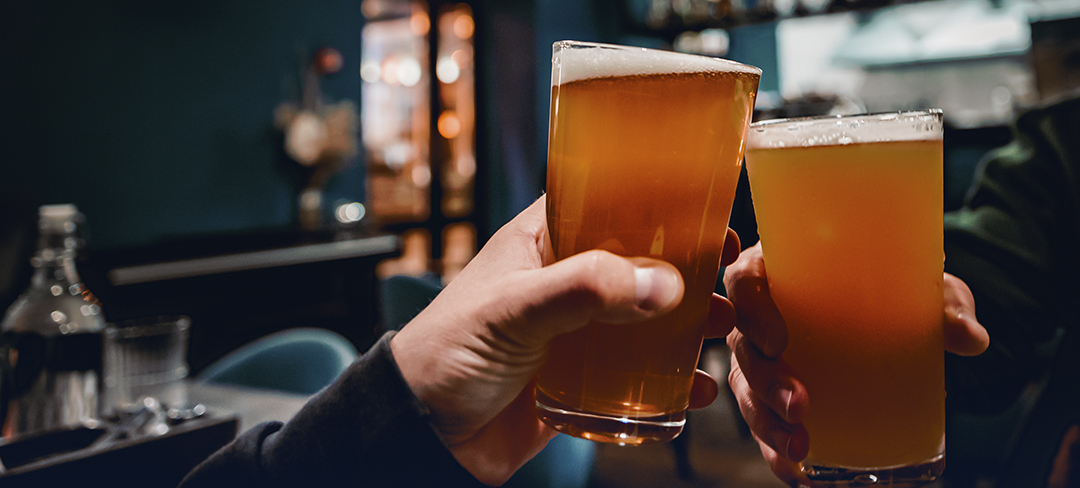What’s a West Coast IPA and Why’s it So Damn Good?
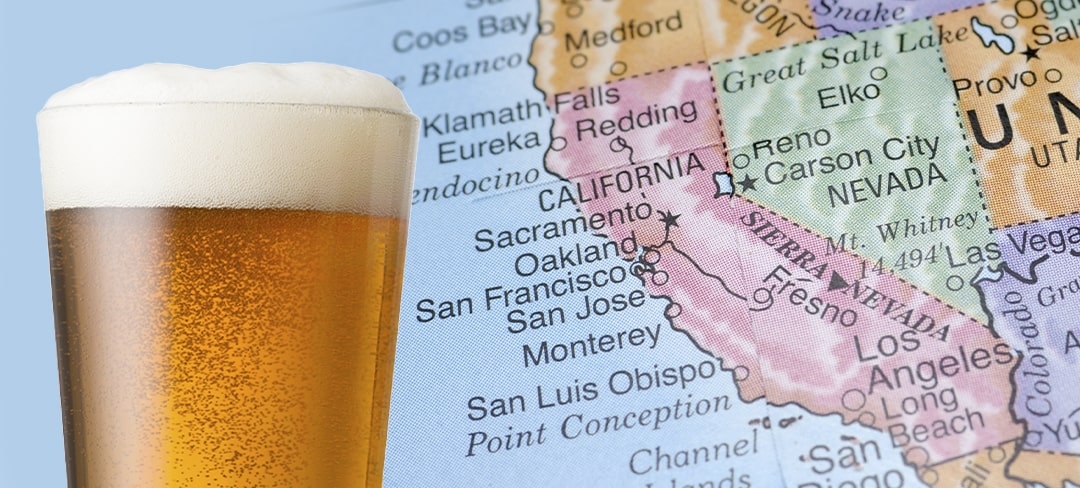
The West Coast of the United States has brought us Starbucks, Yahoo, and Yacht Rock. It’s also given us the pass-first offense, The Price Is Right, and In-N-Out Burger.
But ask any red-blooded American brewer what the West Coast is known for, and you can bet your weekly allowance they’ll mention hops. Namely the “C” varieties, such as Cascade, Centennial, and Chinook. Fact is, these hops launched the West Coast IPA, a decidedly bitter and hop-forward sub-genre of the American Pale Ale that kinda-sorta took over the world, once upon a time.
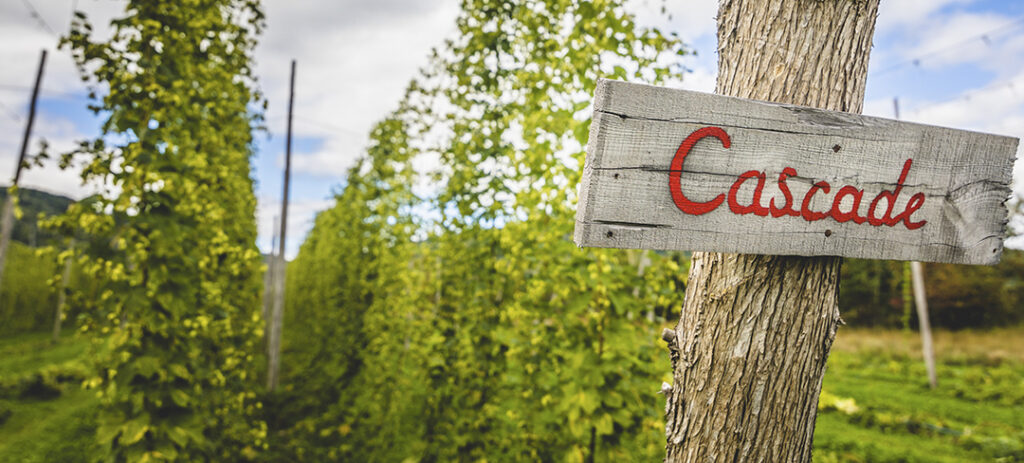
Fact or Fiction? Bob Barker’s famous line from 1996’s Happy Gilmore – “I don’t want a piece of it, I want the whole thing!” – was first uttered after the star sipped a piney, resinous pale ale bursting with aromas of citrus fruit.
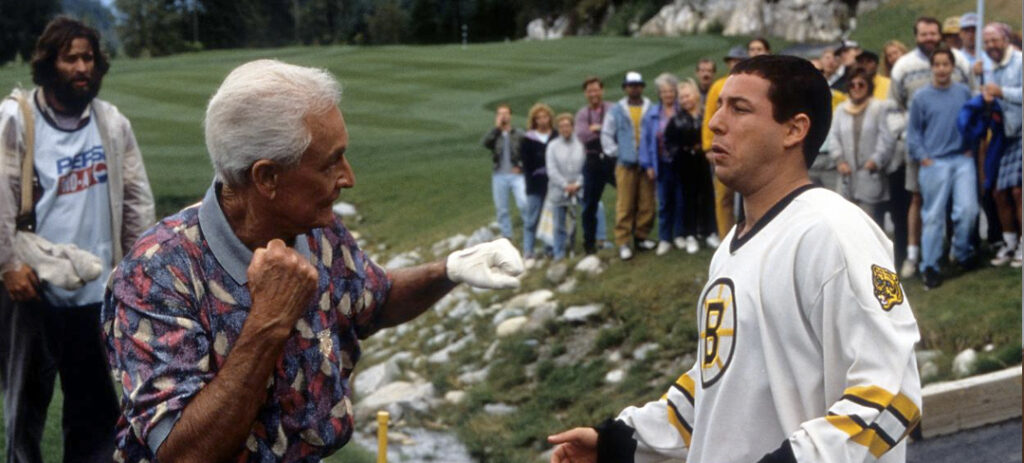
Refrigerator Tycoon’s Grandson Invents New Beer Style, American Hops Take Hold
Fritz Maytag of San Francisco’s iconic Anchor Brewing Company gets credit for crafting what many consider the first West Coast IPA, Liberty Ale, in 1975. Story goes he added Oregon-grown Cascade hops via dry-hopping to an English-Style Pale Ale, highlighting the hop’s intense aromatic attributes and commemorating the 200th anniversary of Paul Revere’s midnight ride in the process. Dry-hopping wasn’t exactly a mainstream practice at the time; some might consider it revolutionary.
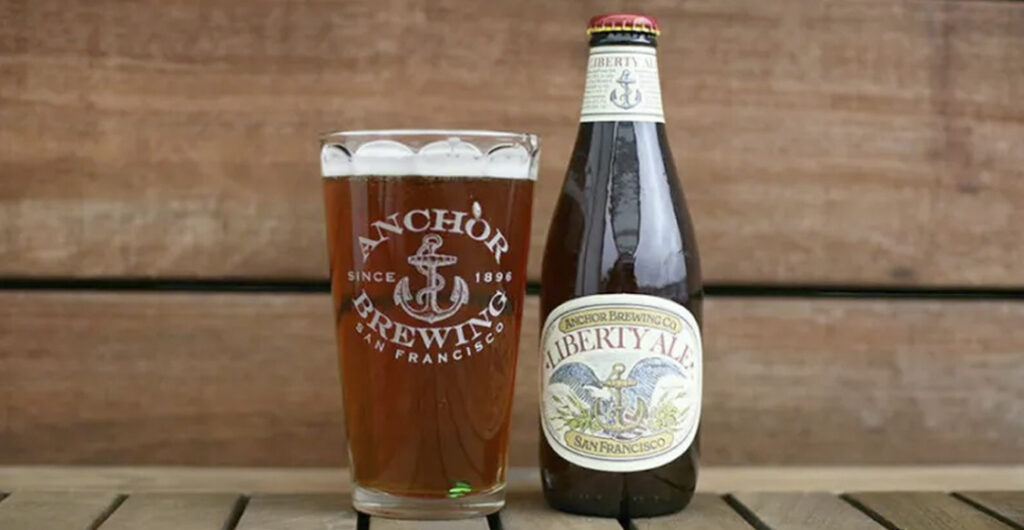
After that came Ken Grossman, who cobbled together Sierra Nevada’s original brewhouse outta old dairy equipment. In 1980, he brewed their first Pale Ale with whole-cone American-grown Cascade hops, helping the hop gospel reach new drinkers and enthusiasts.
Since then, nearly every brewer with a bucket and a hose has tried their hand at the style that built American Craft Beer. Hell, West Coast IPA has been around long enough to go out of style and come back en vogue again. While modern iterations of the West Coast IPA may differ from their forebears, certain sensory hallmarks remain relevant to this day:
- Hop-forward balance, minimal malt character
- Clean fermentation profile, clear as crystal
- Colored medium gold to light reddish-amber
- Citrus, tropical fruit, floral notes, and pine feature heavily in flavor and aroma
- Medium body, dry finish, and 6-8% ABV
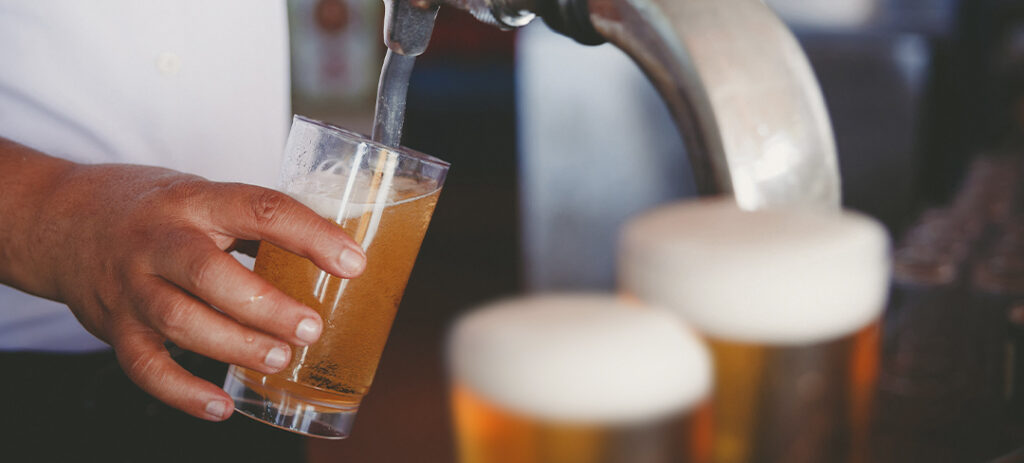
Here are some of the hop heavyweights who’ve added to the West Coast IPA’s long lupulin-rich legacy:
- Russian River Blind Pig & Pliny the Elder (Santa Rosa, CA)
- Green Flash West Coast IPA (San Diego, CA)
- Lagunitas IPA (Petaluma, CA)
- Ballast Point Sculpin (Long Beach, CA)
- Firestone Walker Union Jack (Paso Robles, CA)
- Bear Republic Racer 5 IPA (Cloverdale, CA)
- Sierra Nevada Torpedo (Chico, CA)
- Breakside Brewery Wanderjack (Portland, OR)
- Surly Overrated (Minneapolis, MN)
- Bell’s Two Hearted Ale (Kalamazoo, MI)
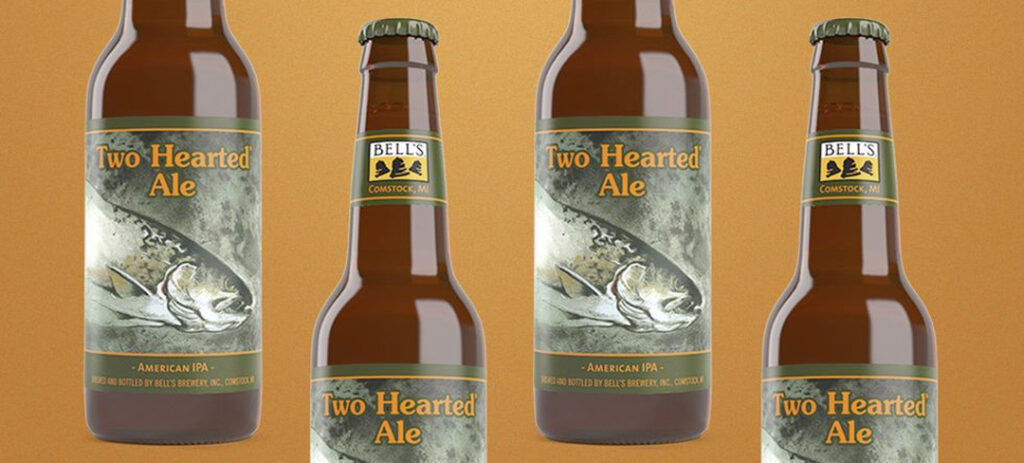
If you’re starting to think the West Coast just might be the best coast, get in touch with your RahrBSG rep and inquire about the following ingredients.
Malt
- Rahr 2-Row – Quite possibly the hardest working malt in the beer business, Rahr 2-Row is a light-colored and extremely versatile base malt with a neutral profile suitable for any beer style.
- Gambrinus IPA Malt – The heart of hop-forward ales and lagers, Gambrinus IPA Malt has a color that color falls between very pale pilsner and golden pale ale malts. It offers a delicate profile of grain, bread, toast, and slight nuttiness tailor-made for IPAs.
- Crisp Finest Maris Otter® – Prized all over the world, Maris Otter is always flavorful, easy, and reliable in the brewhouse.
- Simpsons Golden Promise™ – The Scottish analog to Maris Otter malts, Golden Promise offers a sweet robust flavor that’s made it a choice base malt for American IPAs.
- Simpsons Best – Meant for higher-gravity ales, Simpsons Best Pale Ale Malt offers good extract and enzyme activity, as well as a robust malty note in finished beer.
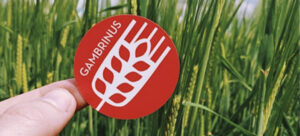
Hops
- Cascade – No other hop has done more for IPAs, or by extension, craft beer. With a ruby red grapefruit profile, this classic medium-intensity hop brings citrus and floral notes to any American craft style.
- Centennial – Bred in Oregon and Washington from Brewers Gold, Fuggle, and East Kent Goldings parentage, Centennial is a beautiful dual-purpose hop with layers of grapefruit, lemongrass, and pine needles.
- Chinook – High alpha. Big flavor. Chinook is a dual-purpose hop with big, smooth bitterness and notes of pine, resin, and grapefruit. A slight floral presence evokes dried herb.
- CTZ – Ideal for late hop contributions, CTZ bursts on the scene with an intense profile of citrus and spice. Powerful and striking, dry-hopping brings out the pine.
- Elani (YQH-1320) – First discovered as a wild hop and bred by YQH in Washington, Elani brings citrus, pineapple, guava, lime and more to all manner of IPA and other craft styles.
- Strata – New from Indie Hops, Strata is fruit-forward and dank with bright notes of fresh strawberry, passionfruit, melon, and more. Ideal for West Coast IPAs, Hazy IPAs, Pales, and traditional German beers as well.
- Triumph – Intended as a higher-alpha aroma variety with high myrcene and humulene content and low cohumulone, Triumph can be used as a standalone hop or as part of a blend in everything from pale ales to Hazy IPAs.
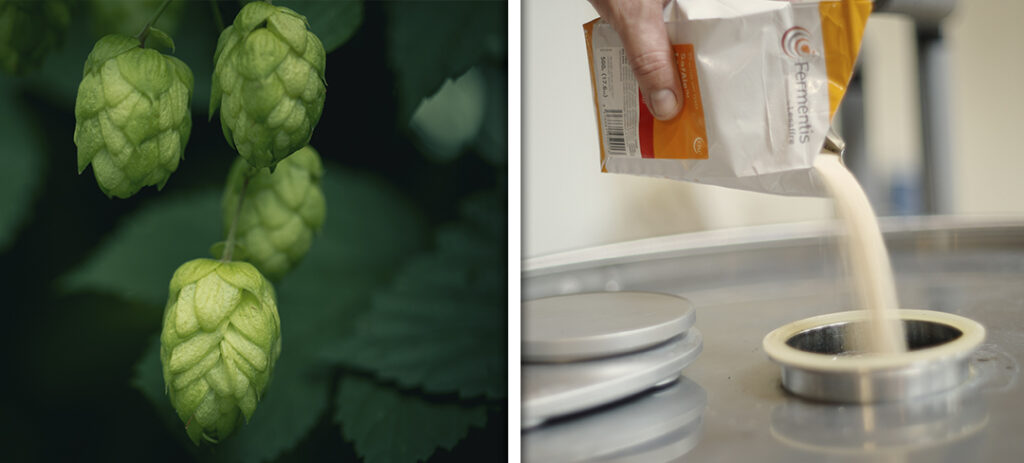
Yeast
- Fermentis SafAle S-33™ – Robust and tolerant of high alcohol content, S-33 is a fruit-forward strain ready to complement your highest hop charges with substantial mouthfeel and body. Great for West Coast IPAs as well as any Hazy IPAs in your portfolio.
- Fermentis SafAle™ S-04 – Fast fermentation and excellent sedimentation properties make this English Ale strain an ideal option for crystal-clear IPAs. Balancing fruity and floral notes, it’s a top option for brewers of English-Style Ales as well.
- Fermentis SafAle™ S-05 – Perfect for many ale styles, this workhorse of a yeast produces balanced beers with a crisp, clean finish. Neutral profile and a firm foam head.
Speaking of yeast, Fermentis Academy’s Head Brewer Olaf Morgenroth has a few tips for brewing a fantastic IPA.
“A good IPA is all about the hops, of course, but the more we study yeast and hop interaction, the more we learn. There’s so much we still don’t know, but we do know strain selection when making a good IPA is key. At the moment, two interesting strains for IPAs are S-33 and K-97. Both are very good in terms of biotransformation.”
If you’re curious about big words and big flavors, crack open an ice-cold hop bomb and check out our Biotransformation blog here. And remember, for all your most pressing dry-hopping and malt-mashing needs, RahrBSG is here for you.
